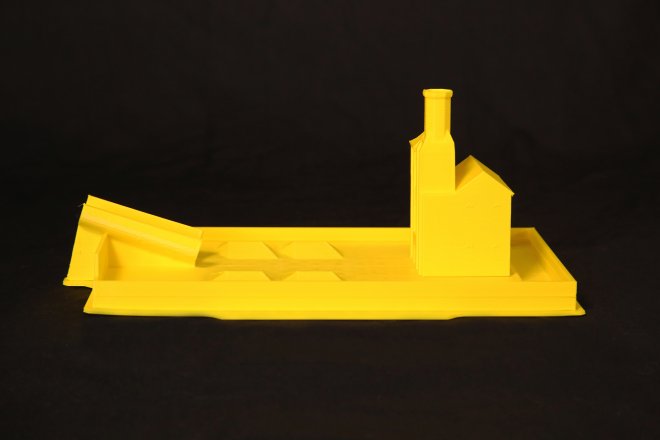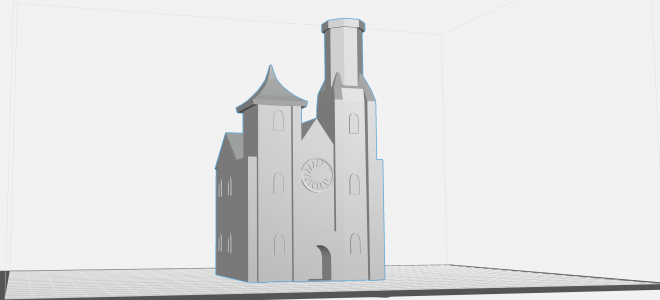Channel Challenge!
Ages: 5-7
Standards alignment: K-2-ETS1-1, K-2-ETS1-3
Preparation time: 40 minutes
Teaching time: 1-2 class periods
Student teams will be introduced to the phenomenon of how water can rapidly change the environment. They will observe how engineers reduce the impact of flooding events with materials that can absorb and channel water. At the end of this challenge students will be able to assess the ability of classroom materials to stop the movement of water. Student groups will devise and test a flood prevention system to stop water from reaching a castle, using 3D printed models.
Downloads:
Student Worksheet
Channel Pan Model*
Smithsonian Castle Model*
*3D models can be viewed when imported into your 3D printer design software.

Download instructions for teachers
Spanish translations for the Smithsonian Science for Makerspaces challenges are made possible by a grant from the Smithsonian Women’s Committee.

